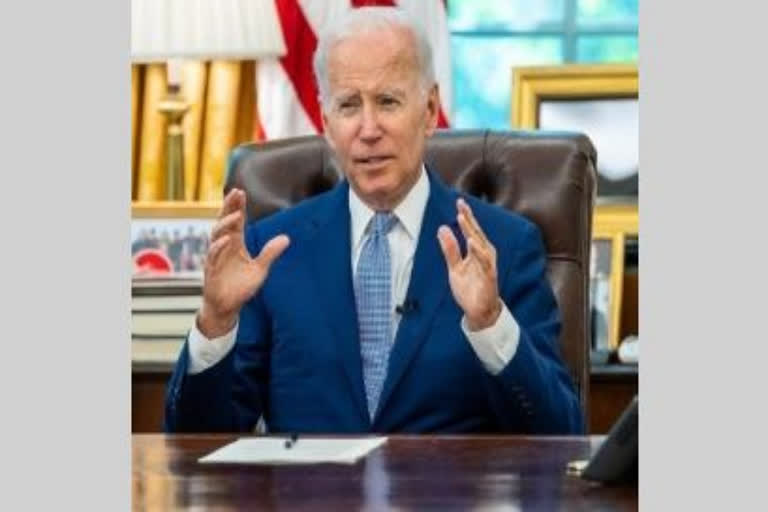Washington:The Biden administration has announced a policy manual update for the purpose of calculating a noncitizen's age in certain situations under the Child Status Protection Act (CSPA), a move seen as a small but important step in addressing the woes of the aged-out children, a large number of whom are Indians, who came to the US legally with their parents.
For a child to obtain lawful permanent resident status in the United States based on their parent's approved petition for a family-sponsored or employment-based visa, the child generally must be under the age of 21. If the child turns 21 and ages out during the immigration process, the child generally is no longer eligible to immigrate with the parent based on the parent's petition.
The US Citizenship and Immigration Services (USCIS) has officially made one of our long-requested policy changes. The USCIS will use the dates for the filing chart to determine CSPA age and any previously denied petition can be reopened, said Dip Patel, from the improvethedream.org, which has been leading such an effort on behalf of aged-out children numbering over 200,000.
Under this new guidance, the USCIS will now use the Dates for Filing chart to calculate these noncitizens' ages for CSPA purposes, which provides these noncitizens with more certainty about their eligibility to adjust their status, the federal agency said. Congress enacted the CSPA to protect certain noncitizen children from losing eligibility to obtain lawful permanent resident status based on an approved visa petition by providing a method to calculate the child's age that considers when an immigrant visa number becomes available.
The Department of State's Visa Bulletin is used to determine when a visa number becomes available. The Visa Bulletin has two charts the Dates for Filing chart and the Final Action Date chart. Under the previous CSPA guidance, USCIS considered a visa available for purposes of the CSPA age calculation based only on the Final Action Date chart, even if a noncitizen could apply for adjustment of status using the earlier date in the Dates for Filing chart.
This USCIS policy change is effective immediately and applies to pending applications. Therefore, some noncitizens with a pending application may now have a CSPA age that is under 21 based on this change. For example, between October and December 2020, certain noncitizens were permitted to file their adjustment of status applications under the Dates for Filing chart of the Visa Bulletin. However, the Final Action Date chart never advanced sufficiently for their applications to be approved.
These noncitizens filed their adjustment of status applications with the requisite fee without knowing whether the CSPA would benefit them. This USCIS policy change is effective immediately and applies to pending applications. Therefore, some noncitizens with a pending application may now have a CSPA age that is under 21 based on this change.
For example, between October and December 2020, certain noncitizens were permitted to file their adjustment of status applications under the Dates for Filing chart of the Visa Bulletin. However, the Final Action Date chart never advanced sufficiently for their applications to be approved. These noncitizens filed their adjustment of status applications with the requisite fee without knowing whether the CSPA would benefit them.
If these noncitizens are eligible to adjust their status because of the change in policy and they have filed for adjustment of status, they will also be eligible to apply for employment and travel authorisation based on their pending adjustment of status application, and they generally will not lose previously issued employment or travel authorisation, it said.
The USCIS said this Policy Manual update will not prevent all children from ageing out before an immigrant visa is available to them, nor will it prevent children from losing nonimmigrant status derived from their parents upon reaching the actual age of 21. The USCIS continues to explore all options available under the law to aid this population, the federal agency said.
Patel said this is one of the few administrative changes that were easy for the administration to make, but it has obviously taken a long time pushing for it to get to this, so very glad to see it. This is considered a policy manual change to interpret how the CSPA age is calculated, he said. My guess is at least a few thousand kids will benefit from those who have already aged out.
